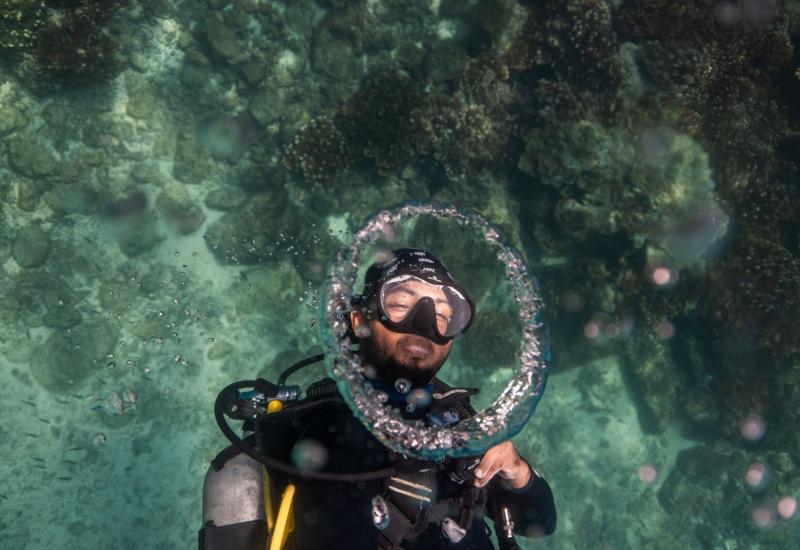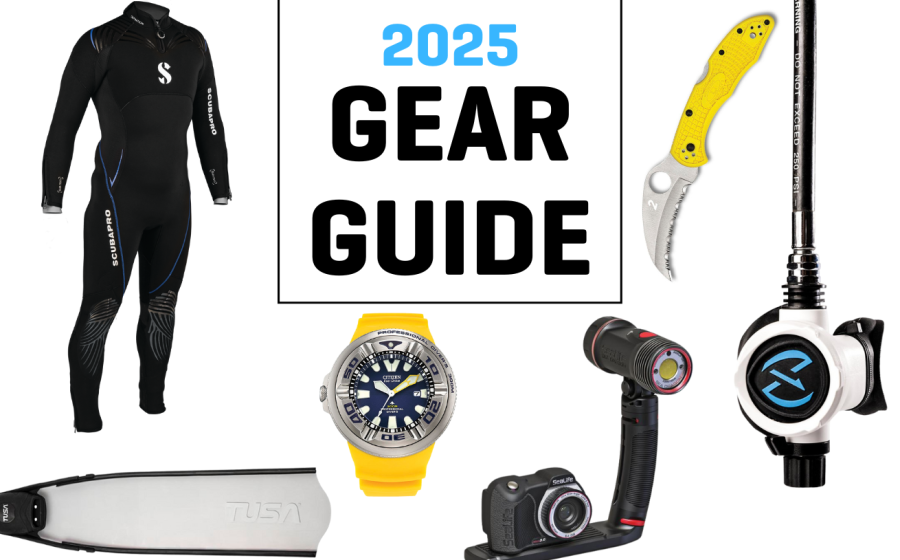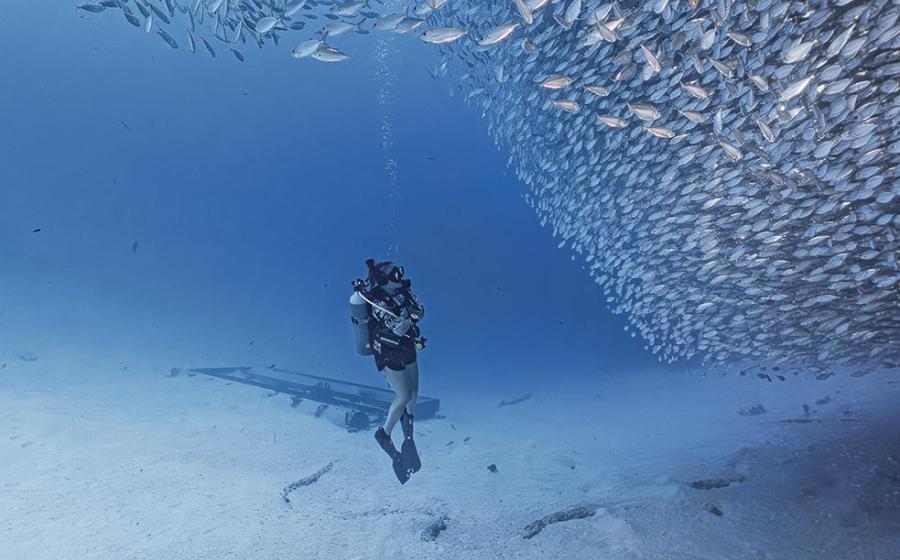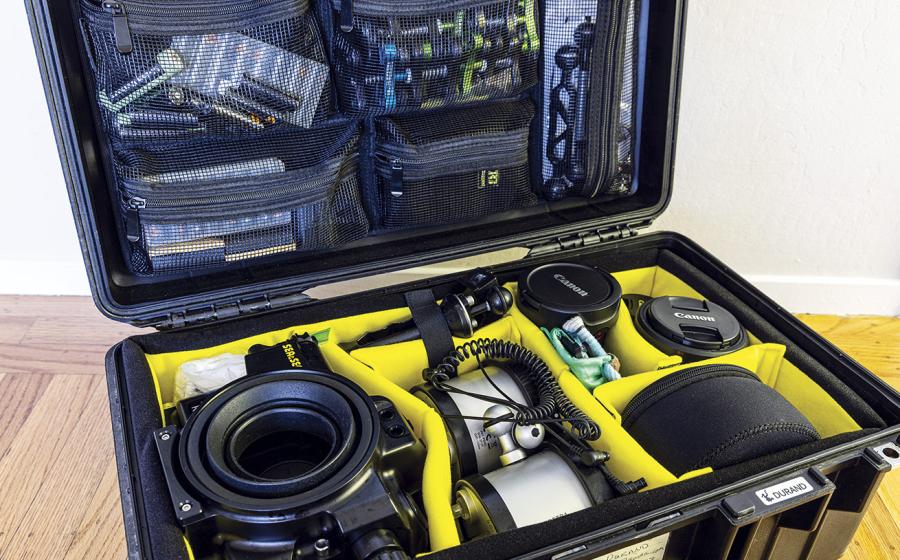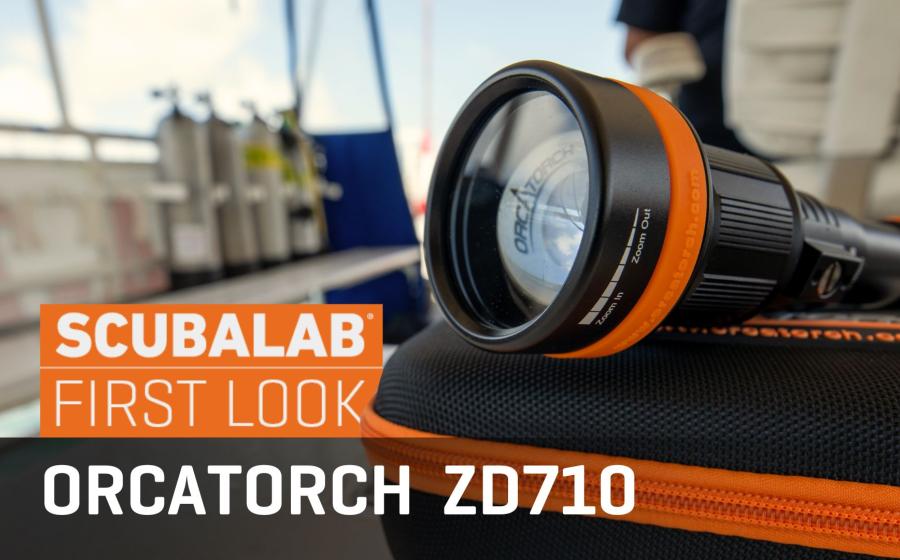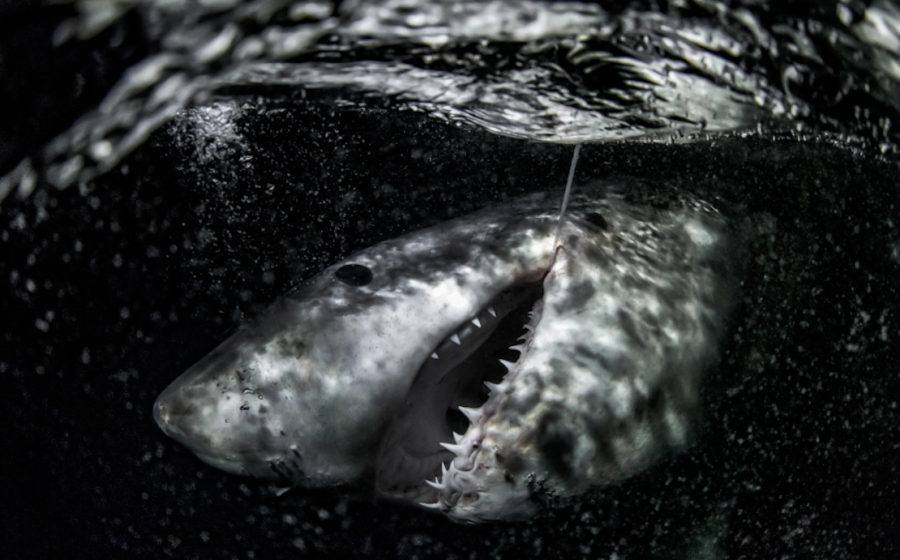Diving Alaska's Mountain Point
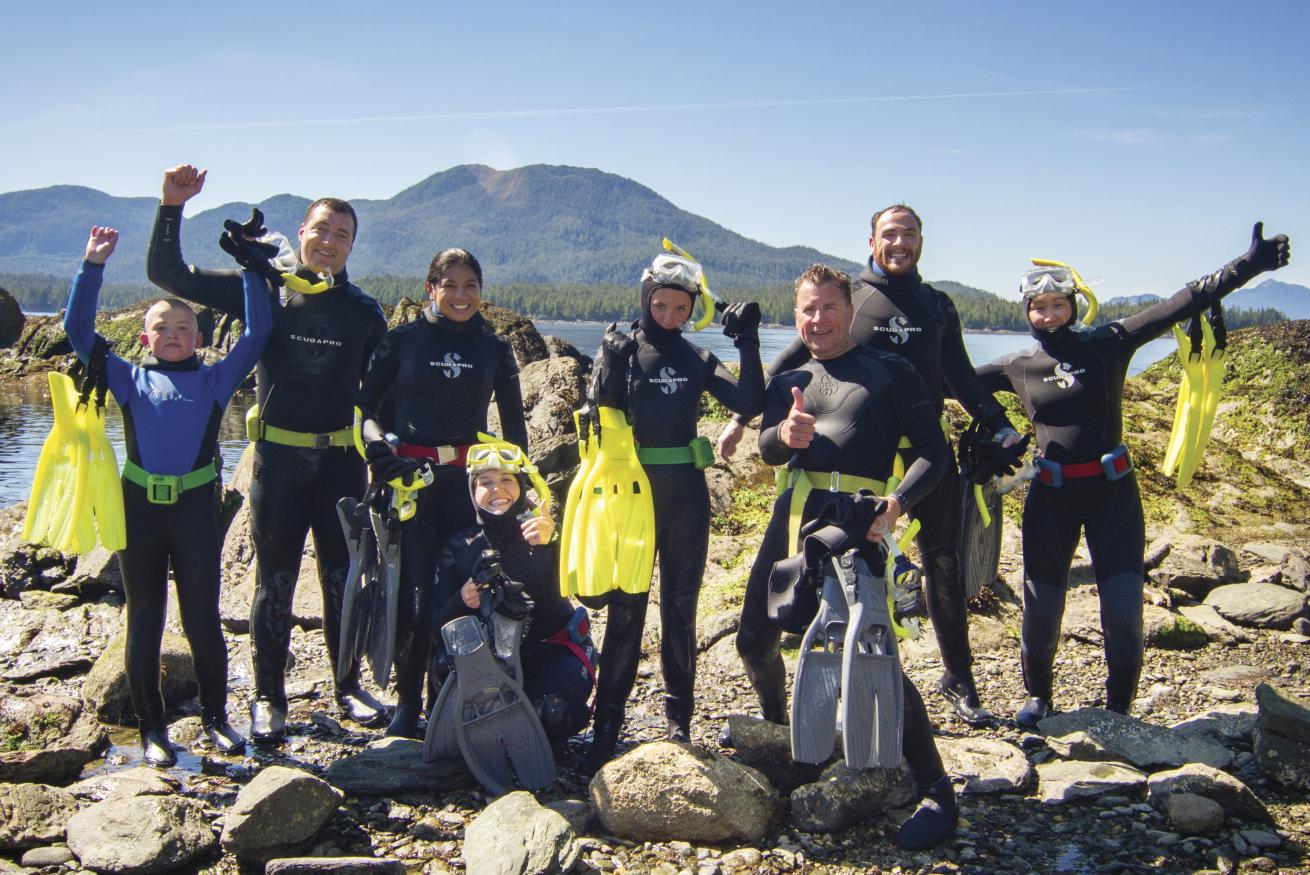
Fred DrakeA group from Snorkel Alaska on the shore at Mountain Point.
"The wall’s so deep right there that the whales and the orcas come swimming right up next to our shoreline.”
Fred Drake, a PADI Master Scuba Diver Trainer and founder of Snorkel Alaska, has been living and diving in Ketchikan, Alaska, for nearly a quarter century. Although he runs a snorkeling operation, Drake is an avid scuba diver who frequently dives with his staff (most of whom are scuba trainers) or other buddies. He describes himself as a quintessential outdoorsman drawn to all the wild natural wonders of the Last Frontier, where operating a seasonal business allows him to take full advantage of all the kayaking, mountain biking and scuba diving opportunities.
Ketchikan, a city of just over 8,000, sits along the Inside Passage corridor on Revillagigedo Island, part of the Alaskan panhandle. Divers head southeast from Ketchikan along South Tongass Highway to reach Mountain Point, a shore dive jutting from the tip of a coastline carved by glaciers into fjords.
Related Reading: The Power of Alaska's Salmon Forest

Fred DrakeSnorkelers encounter a pod of orcas.
But first, a trip to Wind & Water Charters and Scuba, a PADI Five Star Dive Center off of Tongass Avenue in Ketchikan, is warranted. “We are spoiled divers in Ketchikan!” says Saunya Alloway, co-owner of the shop. “Planet Ocean is our playground yearround. We can be out of our homes and in the ocean doing a spectacular dive in 20 or 30 minutes. No driving long distances to dive around here.”
Mountain Point is only about a 15-minute drive from Wind & Water. Visitors who contact the shop ahead of their trip can benefit from local knowledge, ensure they have the right training to tackle the site, rent equipment and find a dive buddy. “What we do most is serve the local dive community in Southeast Alaska,” Alloway explains, adding that the shop has shifted from offering boat dives to focusing on guided beach dives for divers coming to the area for several days.
The thinking is that local divers and experienced visitors who are accustomed to diving in similar water temperatures and conditions will have a safer and more fun experience. At Mountain Point, temps can reach the mid-60s in July but often hover in the 40s at depth beneath the thermocline. “Cold-water diving is more difficult due to extra required gear, deep walls and large tidal exchanges,” she says. “If you jump in the ocean at midtide on a 16- to 20-foot tidal exchange, an inexperienced diver could find themselves in trouble.”
Related Reading: How to Dive Safely in Cold Water
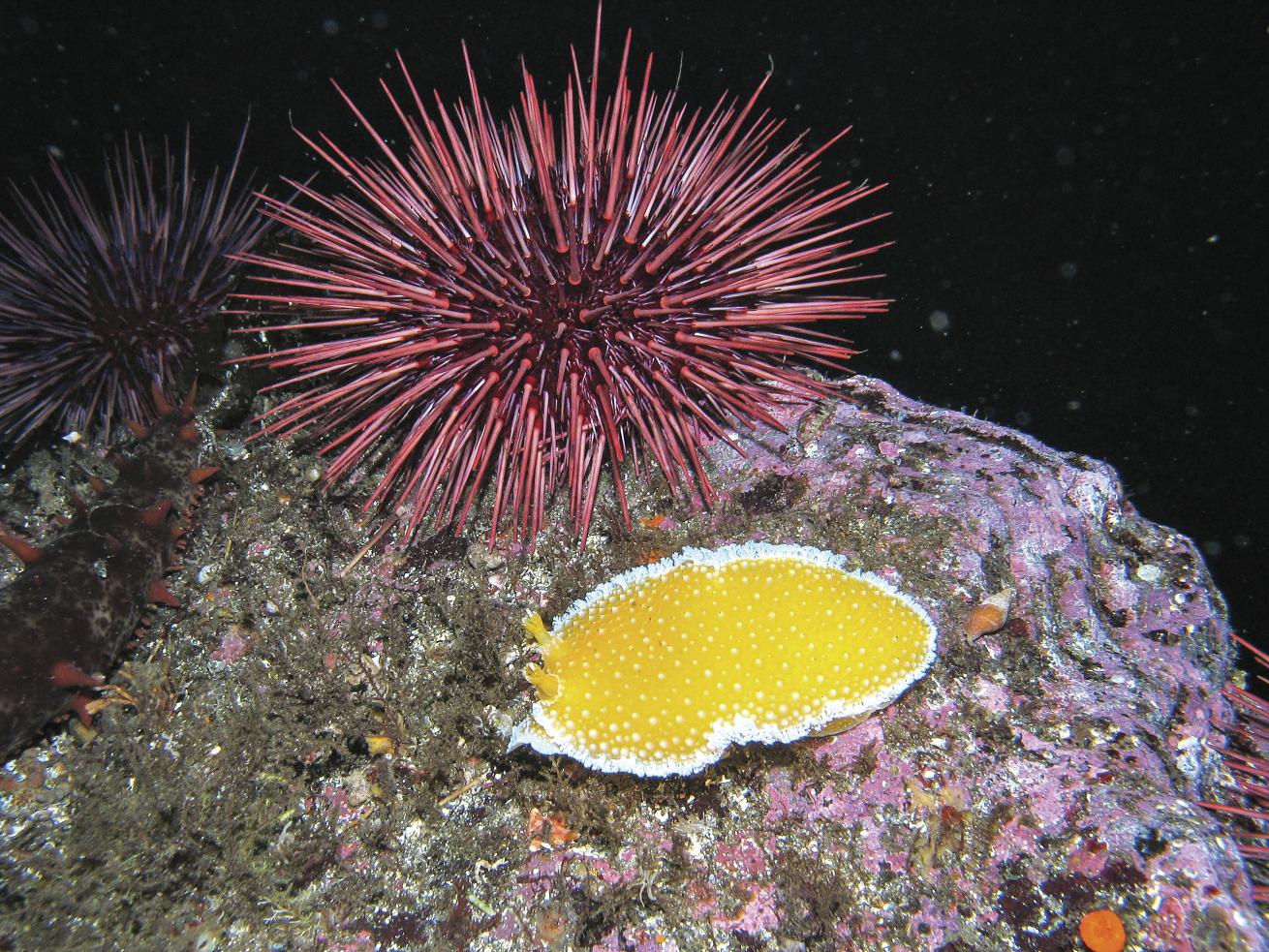
Fred DrakeAn orange peel nudibranch (Tochuina gigantea) crawls past urchins on a wall at about 30 feet.
The extra considerations are worth it to experience Mountain Point, says Drake, who’s been a PADI instructor for 35 years. About 100 feet from the shoreline, an underwater wall drops down and marine life abounds. Divers encounter creatures such as lingcod, sea lions, nudibranchs, wolf eels—and even some bigger residents of the local waters off Ketchikan. “You never know what’s going to come swimming by!” Drake says. “I’ve snorkeled with orcas out there, I dived with a humpback whale swimming by. I thought I was seeing things—I saw a big dark black shape just at the edge of visibility. Then it went up and spouted. When it dived I saw the white underbelly and flukes and everything.
“Mountain Point is one of the best dives in the world. You can dive it 10 times a week and never get tired of it,” he continues. “Diving here is truly phenomenal.”
Related Reading: What It’s Like to Swim With Humpback Whales
Need To Know
Conditions
Water temps at the surface reach 40 degrees in winter and rise into the 60s in summer. Visibility ranges from 25 to 80 feet.
Certification
Enhance yours skills with the PADI Dry Suit Diver course, or learn more about sea life with a PADI Fish Identification course.
How to Get There
Fly into Ketchikan International Airport and drive.
When to Visit
Just after a windy rainfall, which can improve viz at this site by helping to clear up the plankton.
Local PADI Shop
Wind & Water Charters windandwaterdiveshop.com
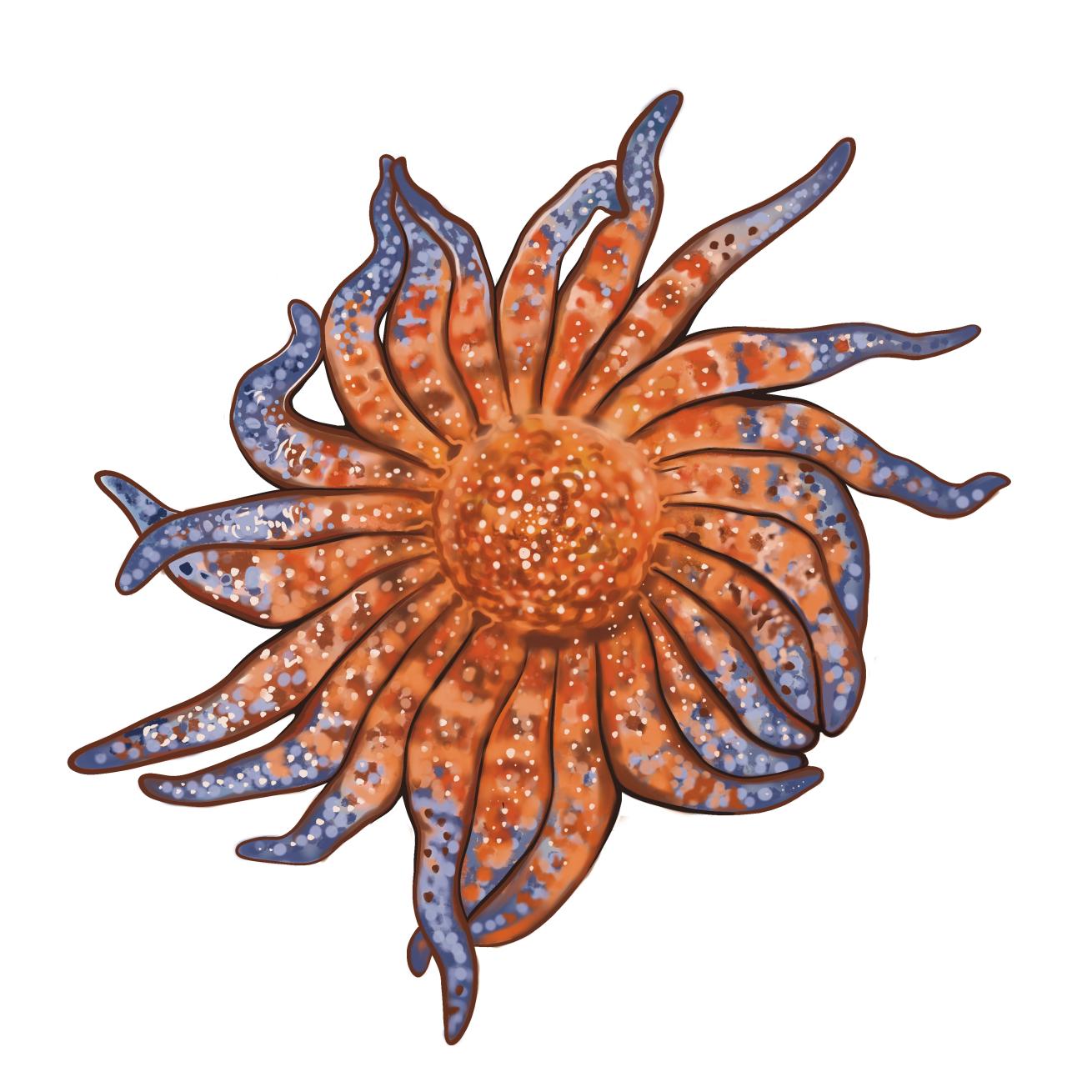
Illustration By Cassidy VincentSite Spotlight
Site Spotlight
While not as large as their cetacean neighbors, sunflower sea stars (Pycnopodia helianthoides) also make a big splash in Alaska’s cold North Pacific waters. Adults can be up to 3 feet in diameter, and though they start with five arms as juveniles, they eventually grow 24 arms (which regenerate if they become detached). They are the largest sea star species and can move 40 inches per minute when chasing prey.
Their range of colors—which includes various hues of orange, pink, yellow, brown and purple— makes for bright sightings for lucky divers at Mountain Point. Globally, efforts to curb sea star wasting syndrome (a disease that targets echinoderms) are aimed at protecting 22 species of sea stars, including sunflower stars.



